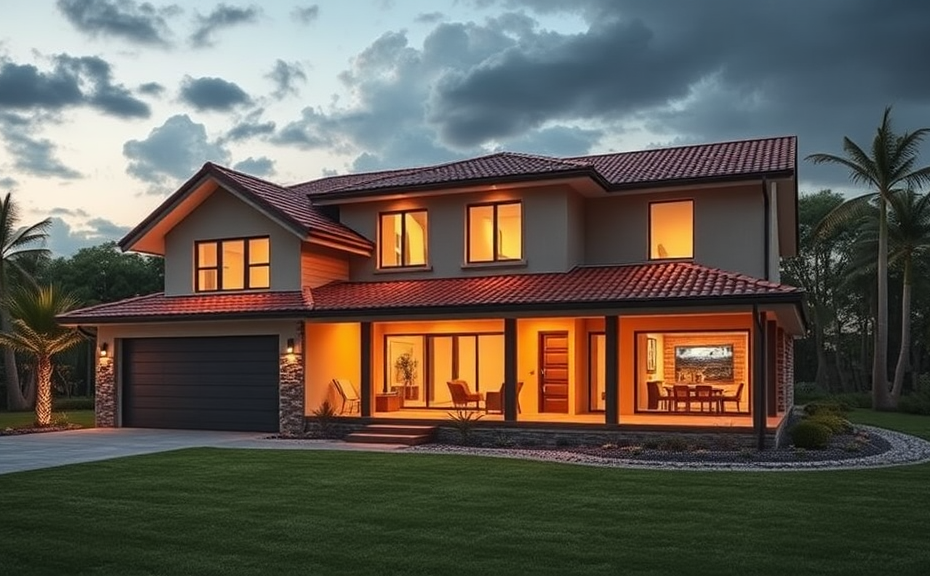In regions prone to severe weather, the need for tornado resistant house design has become increasingly critical. Homeowners must consider constructing residences that can withstand the force of tornadoes, ensuring safety and minimizing damage. This approach begins with selecting appropriate materials and architectural techniques.
One essential aspect of tornado resistant house design is the use of reinforced concrete. Concrete walls are far more resilient than traditional wood framing, offering better protection against high winds and flying debris. Adding steel reinforcements can further bolster the structural integrity of the home.
Additionally, aerodynamic shapes play a vital role in a tornado resistant home. Designs featuring rounded or sloped roofs can help reduce wind resistance, allowing turbulent air to flow more smoothly over the structure. A low-profile design minimizes the amount of wind pressure exerted on the building.
- **Impact-resistant windows**: Utilizing laminated or specially designed glass can prevent shattering during intense winds.
- **Secure anchoring**: Homes should be anchored to their foundations using tie-downs or straps to resist uplift forces.
- **Safe rooms**: Incorporating a designated safe room within the house provides a secure area for residents during a tornado.
Moreover, landscape planning around the property also contributes to a tornado-resistant design. Strategic placement of trees and windbreaks can lessen wind intensity as it approaches the home, minimizing potential damage from debris.
Investing in tornado resistant house design not only enhances safety but can also yield long-term savings on repairs and insurance costs. With the right approach, homeowners can create a safe haven, ensuring that they and their families are well-protected against nature’s fury.
